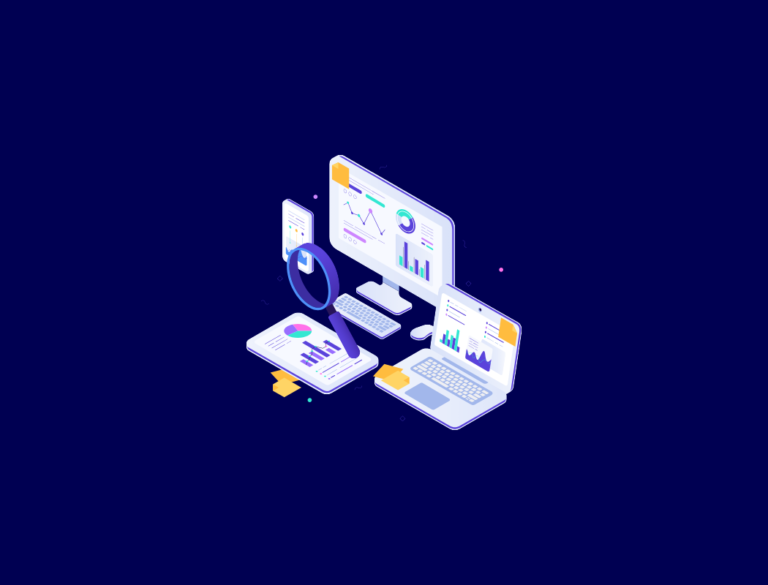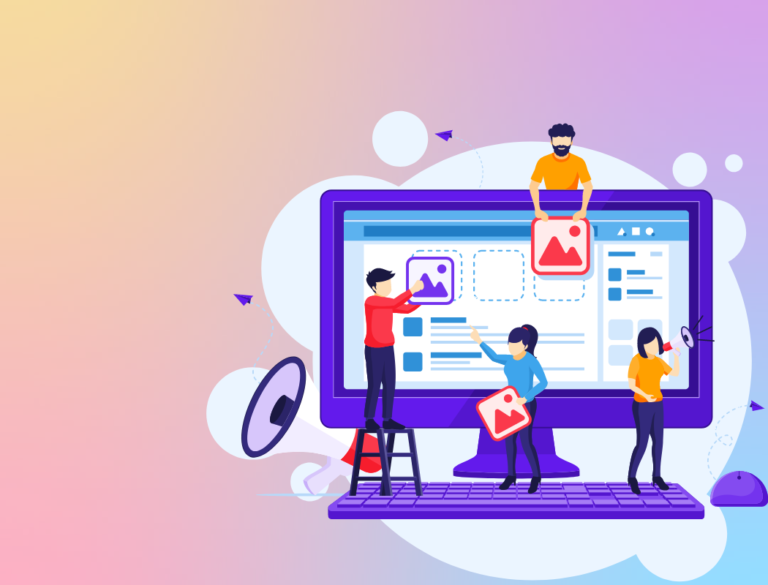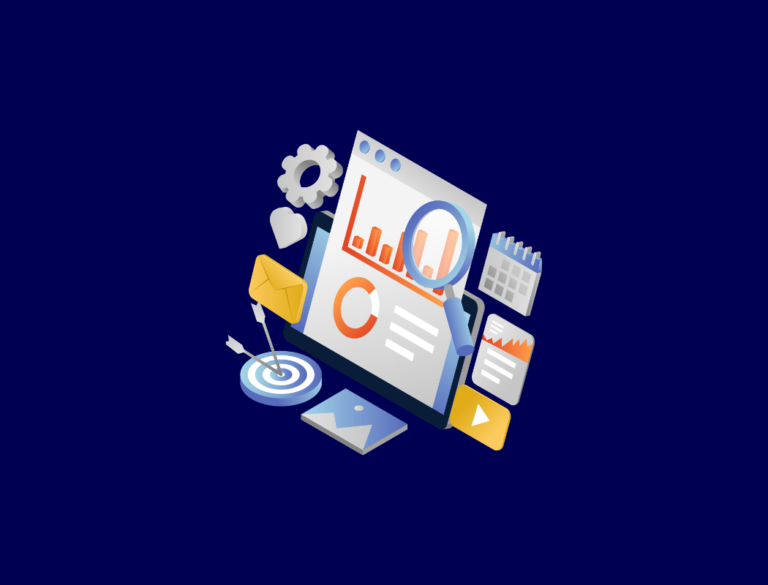SaaS Demand Generation: Strategies for Success
For any firm in the SaaS industry, demand generation is an essential factor that boosts the growth of an organization, and customer attraction. Whether this is a simple stream of data, social marketing, or even a full-blown advertising consumer, demand generation can be incredibly powerful for SaaS companies that want to get new customers who will be loyal in the long haul. In this blog, we will address core aspects of SaaS demand generation, including how to generate demand. Information on the campaigns? Demand generation SaaS tools and conversions?
What is a demand generator in SaaS?
SaaS demand generation, therefore, relates to raising awareness about SaaS products so that potential consumers pass through the funnel and derive the full address of the product. This includes different processes to generate and convert leads, thus increasing awareness and demand for your SaaS solution.
On the other hand, SaaS demand generation creates interest in your product by your identified target market, intending to attract these customers’ attention. This process involves developing awareness of your product for the prospect, informing them of the advantages of your product, solving their problems, and persuading them to select your SaaS solution.
How To Generate Demand
Demand creation is the first process in carrying out effective demand generation. It entails informing prospective customers about the availability of your SaaS product and ensuring that they start developing a desire for it. Here are some effective methods to generate demand:
Content Marketing
Another unique possibility to make people interested is the content marketing approach. One can reach the target audience and demonstrate the field’s competence by producing quality and want-to-read material, including a blog, whitepaper, and case studies. Creating high-quality content benefits the trust your SaaS company receives and shows leadership in your field.
Search Engine Optimization (SEO)
SEO is a way to rank your website at the top of SERP. It makes your website and content easily discoverable by Internet users who can potentially become your clients. Invest in your keyword research, work on on-site optimization, and build more links to help you rank on top of search results pages, which will lead subscribers to your site.
Social Media Marketing
Thus, social networks are an excellent tool for reaching your potential audience and creating demand for the SaaS product. Post valuable content, actively post on popular topics, and create ads to target prospective consumers. In the current world, social media can help build brand awareness and direct website traffic.
Email Marketing
E-mail marketing is still easily one of the most potent techniques for marketing through cultivating leads and demand. Design specific campaigns for emails the subscribers find helpful, such as industry news, product updates, and special offers. Engage your subscribers by segmenting the emails and ensuring they get relevant emails.
Webinars and Events
Webinars and events can help involve potential customers and explain the importance of the SaaS product by educating them, answering their questions, and giving them a chance to learn more about your product. This kind of interaction can be used to create demand and establish good relations with the target clients.
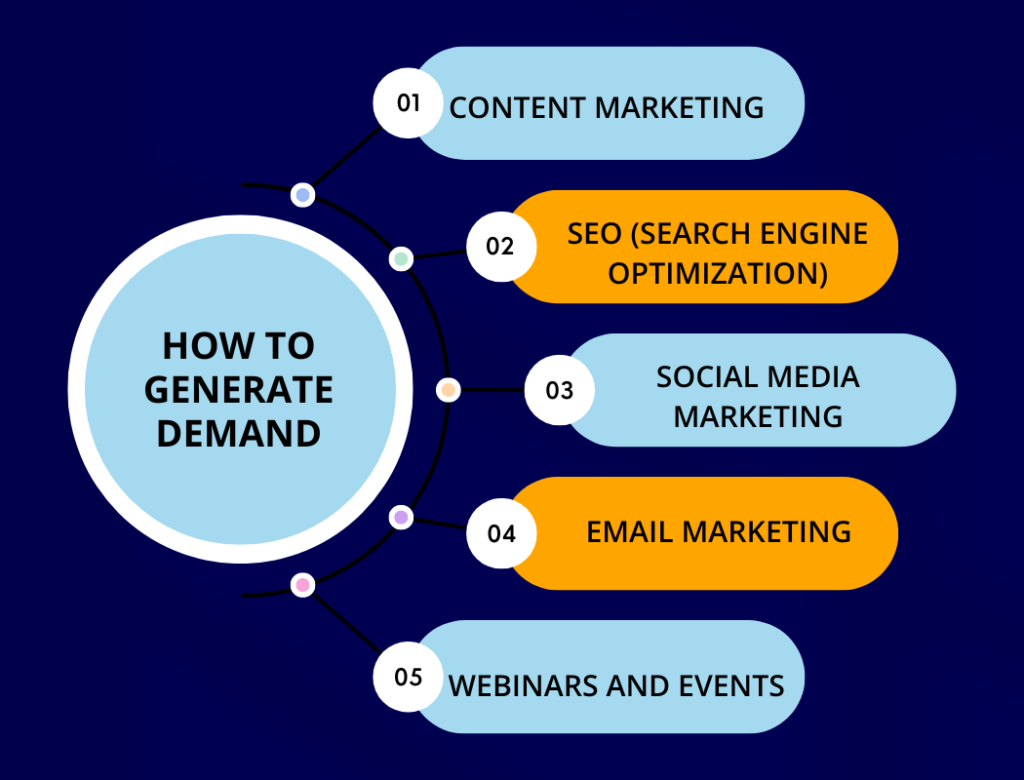
Demand Generation Campaign
Demand generation is a strategy that involves promoting and creating awareness of your SaaS software so that you can generate demand in the market. Successful campaigns always imply more detailed planning at a higher organizational level and certain specific techniques. Here’s how to create an effective SaaS demand-generation campaign:
Define Your Goals
That is why you should always state your goals before you begin a campaign. What objectives do you have regarding branding, driving traffic to your website, or having prospects inquire? Set clear and quantifiable objectives because, without a goal, a campaign may not have a clear direction or way to measure its effectiveness.
Identify Your Target Audience
In most cases, the selected target audience must be understood fully to choose a campaign that appeals to them entirely. Develop specific customer profiles regarding their targeting characteristics, including the type of buyer’s industry, title, and pain domains. If you are addressing the audience in your target market, try to make your message as close to them as possible and use content that may be interesting for them.
Choose the Right Channels
Choose the platform you want to use to get to your target group or audience. This could involve platforms like social networks, e-mailers, paid ads, forums, or discussion boards within the industry. Every channel has strengths that should be leveraged and taken advantage of when implementing the campaign.
Develop Compelling Content
This is a question of what your campaign will say, and it should be interesting, educational, and appropriate for your target public. Switching between different formats regularly and using blogs, videos, infographics, case studies, and any other material that will attract attention and interest is necessary. Make sure your content clearly explains what your SaaS product offers and what the customers will gain by using it, with pointers on how to use it.
Monitor and Optimize
Another tip for optimizing your campaign’s performance is to monitor your analytics. Keep track of vital criteria such as click-through rates, conversion rates, and level of engagement. This data will be used to establish the strengths and areas that require enhancement. Continuously improve the campaign to get the desired results and increase demand.
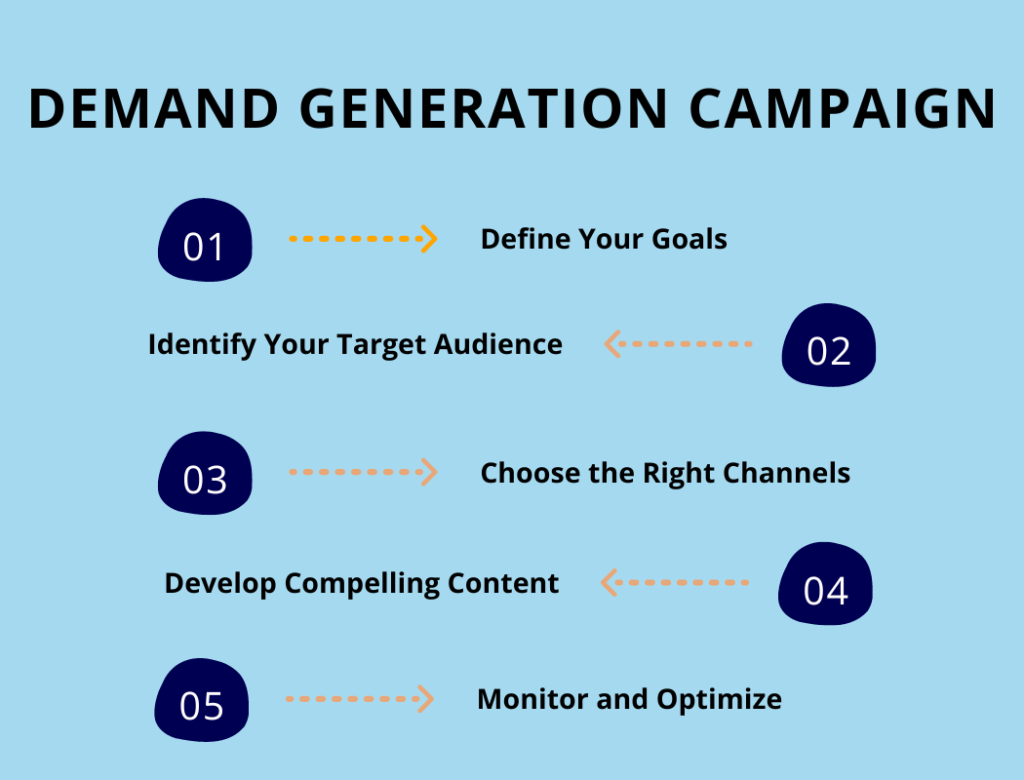
Demand Generation Tools
That is why the proper demand generation tools significantly increase the campaigns’ efficiency. Such tools assist in the organization of your work, in the better positioning of the target audience, and in evaluating the results. Here are some essential demand-generation tools for SaaS companies:
Marketing Automation Platforms
Programs like Hubspot, Marketo, and Pardot among others make it easy for you because they allow you to automate functions like emails. These platforms also let you shield and categorize leads, view interactions, and share materials that shall be of interest to the clients.
Customer Relationship Management (CRM) Systems
Sales Force and Zoho CRM are distinct applications on their own, and they enable one or a business entity to manage distinct levels of the sales funnel and CRM processes. The CRM system entails lead behavior that alerts a firm on the best demand generation strategies to employ to increase conversions.
Analytics and Reporting Tools
Applications like Google Analytics or Kissmetrics can provide data about a website’s visitors, their activity, and the effectiveness of your campaigns. Tracking this data enables one to comprehend the visitors’ behavior, notice trends, and, therefore, make sound decisions that may enhance your demand generation strategies.
Social Media Management Tools
Many social media management tools are used to schedule, monitor, and analyze different social media activities. For instance, Hootsuite and Buffer allow you to work with several accounts at once, monitor activities and metrics, and schedule your posts.
Content Creation and Optimization Tools
These, like Canva and SEMrush, help create high-quality content and ensure that it is effectively optimized for search engines. Canva focuses on helping create the visual content required in marketing, while SEMrush targets keyword research and other search engine optimization information to improve the visibility of the content created.
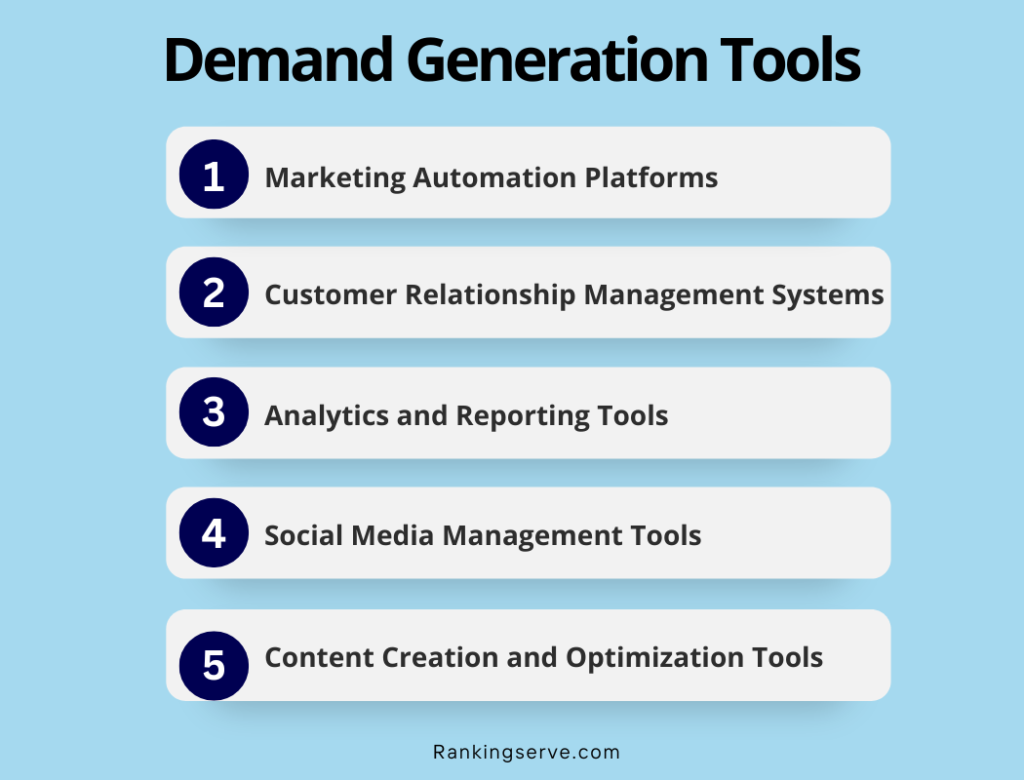
Demand Conversions
Therefore, while demand generation deals with lead acquisition, its ultimate purpose is to turn the acquired leads into paying customers. In other words, the demand generation process also includes targeting and persuading potential clients. Here’s how to improve demand conversions:
Optimize Your Website
Ensure the website is convenient, beautifully designed, and correctly built to encourage purchases. Constructing effective paths from the homepage to internal pages and specific sections that users require entails applying clear calls to action, easily accessible menus, and enticing landing pages that encourage people to make particular decisions, like pursuing a free trial or requesting a demo.
Implement Lead Nurturing
Most leads are not ready to buy at that exact moment, which is a reality that most business owners need to be aware of. Use strategies for creating and sustaining customer relationships to convert them into potential buyers. Share email newsletters, retargeting banners, and other materials to maintain the leads’ interest and bring them closer to conversion.
Provide Value
Engage with value to your leads during the conversion funnel stage and at all stages. This could include offering educational materials, a free trial, or even recommending items that they would need. Evidence that your SaaS product is valuable prepares the client for making a decision and boosts the chance of conversion.
Use Social Proof
Always seek the use of Testimonials, case studies, and reviews to help build credibility and confidence. Thus, social proof can help potential clients understand that your SaaS solution works and is used by others—people they may consider their peers.
Measure and Adjust
Monitor your conversion rates and evaluate the effectiveness of the demand generation strategies. Assess the performance level and determine the problems encountered or the procedures that need to be modified or changed. Optimizing your strategy from time to time helps you obtain the highest number of conversions and meet business objectives.
Conclusion
Demand generation is essential in SaaS for growing the business and obtaining new customers. Thus, SaaS companies will succeed by using effective strategies at the generation level, running demand generation campaigns, providing proper tools, and attracting attention to the issue of conversion. Include these steps, apply the information concerning your organization’s requirements, and change with time due to the ever-evolving threats in the competitive SaaS environment.




